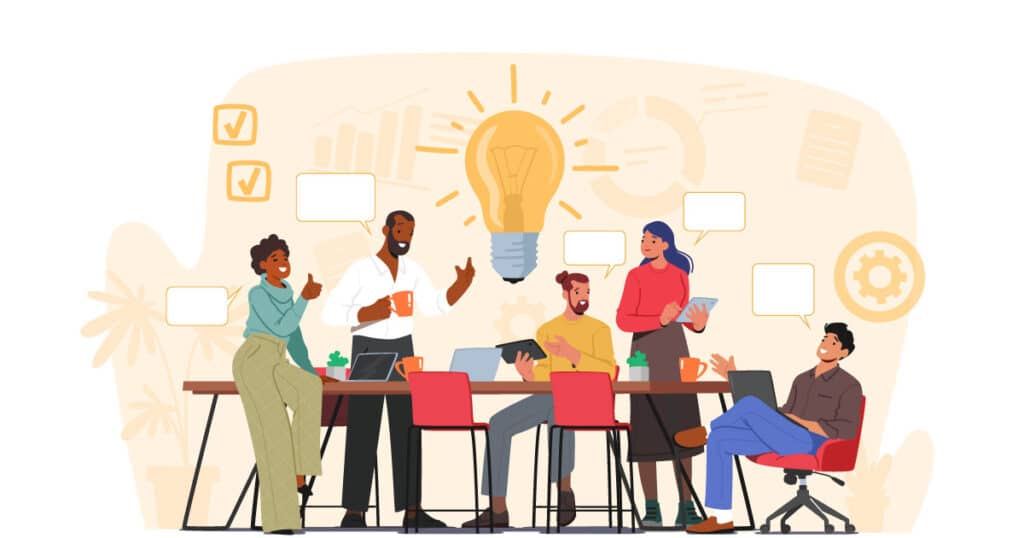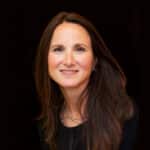Teamwork Tips from Stefanie Nacar, VP, Head of US Marketing & Access at MorphoSys

Photo credit: iStockphoto.com (lemono)
Q: MorphoSys is dedicated to developing and delivering innovative medicines that redefine how cancer is treated. That is clearly a complex challenge; and as we know, complex challenges require great teamwork. What is the most important thing you have learned about effective teamwork that you didn’t know when you began your career?
A: Effective teamwork must be intentional, established by the leader and bought into by the team, as a conscious decision that is actively monitored and recalibrated as needed throughout the process. Early in my career, I knew leaders who set the standard for this and who didn’t, but it took years of observing great leaders to understand how this was actually done. No matter the challenge, big or small, leaders must bring people in and ensure active listening and learning from other’s perspectives to make the team run. You need to hear the various perspectives in order to make the best decision for the end user – in our case, for patients.
And it’s so important to remember not only how effective teamwork is achieved, but what you get out of it when you put the effort in – more efficient, effective and fun work, while giving the team development opportunities to keep them engaged and fulfilled.
Q: What do you think is a common misunderstanding about what makes a team effective?
A: A common misconception about effective teams is that to work as one team, we must travel in packs and be part of every meeting or decision. Instead, effective teams that flourish work well both together and independently, and have a shared understanding that not every member needs to part of all decisions. To achieve this, particularly in our hybrid environment and global reach across time zones, you must create an environment of trust in each person’s responsibilities and role, confidence and accountability in the work, and step forward with good intent. Utilizing this approach helps the team move forward faster by dividing and conquering.
Q: When people talk about great teamwork, they often talk about the value of diverse perspectives and experiences. Yet in fast-paced workplaces, it can be challenging to pause long enough to consider perspectives that may be somewhat foreign to us. How do you navigate that tension?
A: It’s essential in the healthcare industry in particular that diverse experiences and perspectives are shared, because those enable our ability to support healthcare providers and patients who are innately diverse. But feedback takes time. So we have to be super intentional, setting up meetings with the right functions and perspectives and allowing adequate time to discuss and unite in a solution.
It’s also important that these efforts are not just reactive. We at MorphoSys create regular forums cross-functionally to brainstorm ideas and anticipate challenges, where people are comfortable sharing their voices and perspectives, and then a leader or team of leaders is delegated as the decision-maker to decide on and push an approach forward.
Q: As a marketing communications executive, what have you learned about how to communicate across teams that you wish everyone knew?
A: We all see great communicators in certain forums, but you need to remember to adapt to your audience for the style for which they receive information or the depth of detail needed. However, no matter what works for other people, you have to be authentic to yourself and your personality while understanding the end audience.
Q: One of your skills is the ability to quickly build relationships. And relationships are, of course, key to great teams. But many of us think of them as taking a long time to develop. How do you build relationships quickly?
A: Relationship-building can be complicated, but I think it comes down to a few core lessons to build them quickly:
1. I listen more than I speak and observe people’s behavior, body language, and responses to understand them. In return, I step forward by being open, transparent, and acknowledge where I am an expert and where I need their expertise to elevate our work together. humble
2. I do what I say I’m going to do. Many people have great ideas or make commitments that ultimately they don’t follow through with. But I hold myself to these commitments because they build trust and mutual respect.
3. I make working together fun – the work we do and the environment in which we work is so critical to the experience.
4. I actively show appreciation and share praise for who people are and what they bring to the table. Everyone has something important to bring to the table and to acknowledge and celebrate that builds that relationship even faster.

Stefanie Nacar, Vice President, Head of US Marketing and Access at MorphoSys leads the Commercial strategy and execution across the Company’s approved and late-stage hematology/oncology portfolio. Stefanie’s broad accountabilities are matched by her depth of experience in the pharmaceutical industry and award-winning initiatives. Her expertise is supported with more than 20 years of experience in sales, new product planning and commercialization, marketing, digital, and public relations in global and US roles with many of the world’s largest and most well-known pharmaceutical companies and entrepreneurial biotechs. Stefanie earned a Bachelor of Science in Communications from Ohio University. She lives in Massachusetts with her husband and two sons.